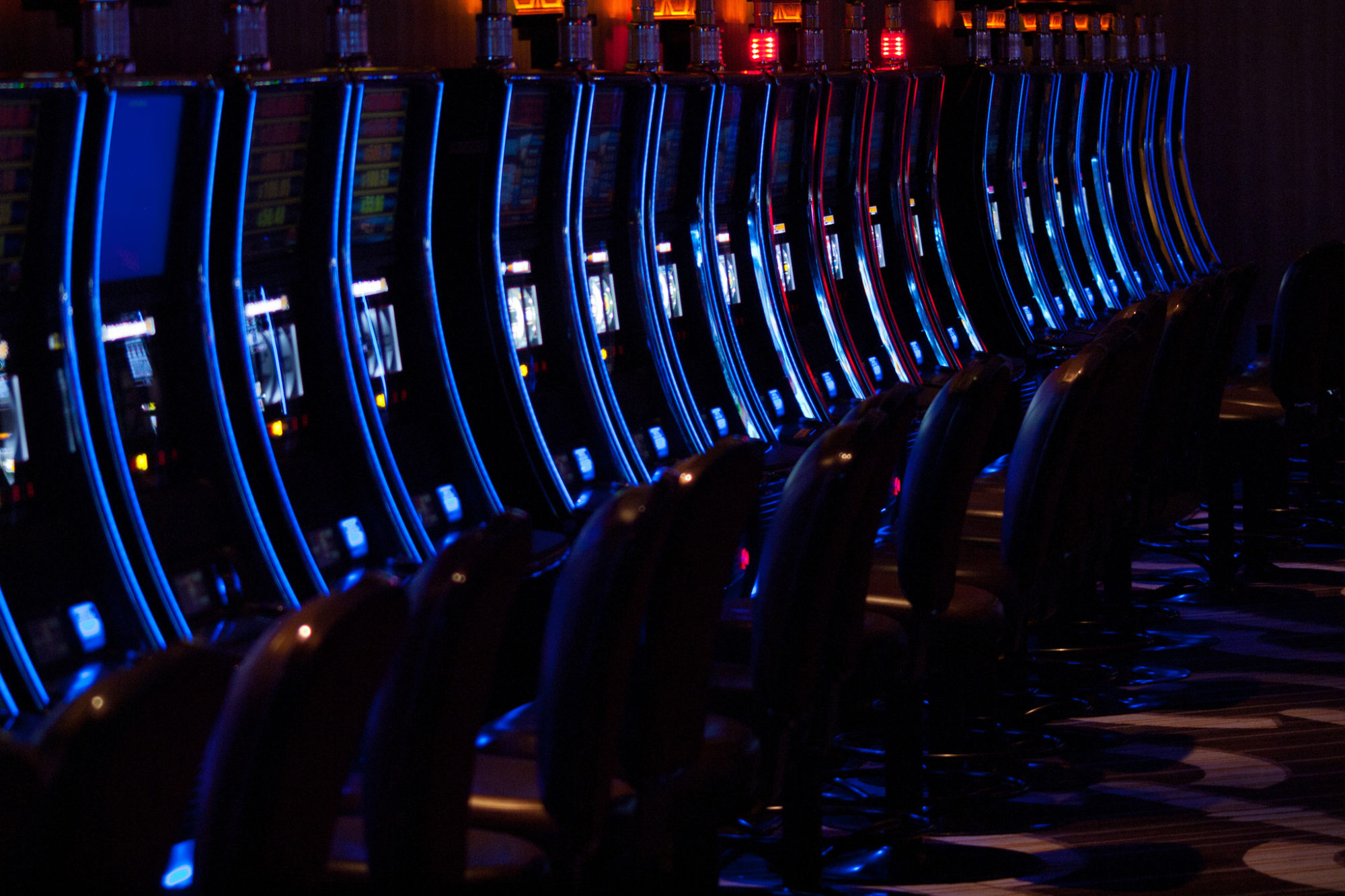This post is from a series about gaining control of your time, attention and energy in my online course, Science of Finding Flow.
Most of us would agree that it is better to stay focused on our highest priorities than it is to compulsively check our phone and email and feeds.
But there’s a catch: Most people can’t effectively command their own time anymore. It’s one thing to want to do something besides check your email compulsively, but it is quite another to actually be able to DO this. We aren’t able to just stick to our prioritized task lists through the sheer force of your iron-clad will. We just can’t.
Unfortunately, it doesn’t work to just will ourselves to stop a compulsive behavior. We check our phones and our email constantly for a couple of reasons. First, we do it because our brains have what researchers call a “novelty bias,” meaning they can easily be hijacked by anything newer or shinier than what we are already paying attention to. According to cognitive neuroscientists:
This novelty bias is more powerful than some of our deepest survival drives: Humans will work just as hard to obtain a novel experience as we will to get a meal or a mate. The difficulty here for those of us who are trying to focus amid competing activities is clear: The very brain region we need to rely on for staying on task is easily distracted by shiny new objects…Just the awareness of an unread e-mail sitting in your inbox can effectively reduce your IQ by 10 points.

Let’s be clear: checking our email and our social media feeds constantly is inherently gratifying. These distractions are pleasurable because they represent the consistent promise of something new, and because they give us what researchers call “variable ratio reinforcement.” We are drawn to our smartphones in the way that we are drawn to slot machines: we never know when we’ll get a satisfying or novel message on Facebook or an email with good news, so we just keep checking.
This post is taken from The Science of Finding Flow, an online course I created as a companion to my book The Sweet Spot: How to Accomplish More by Doing Less.

